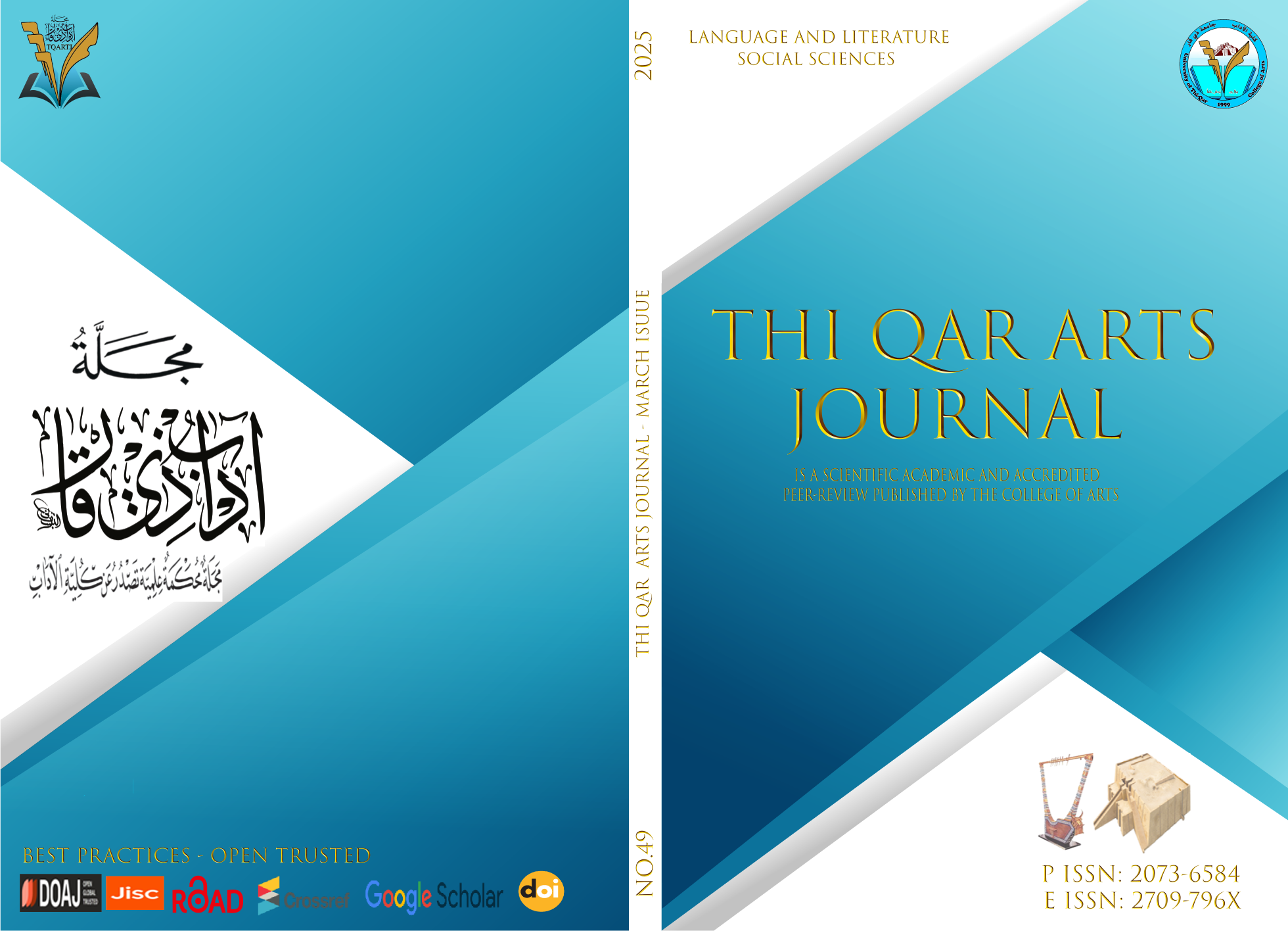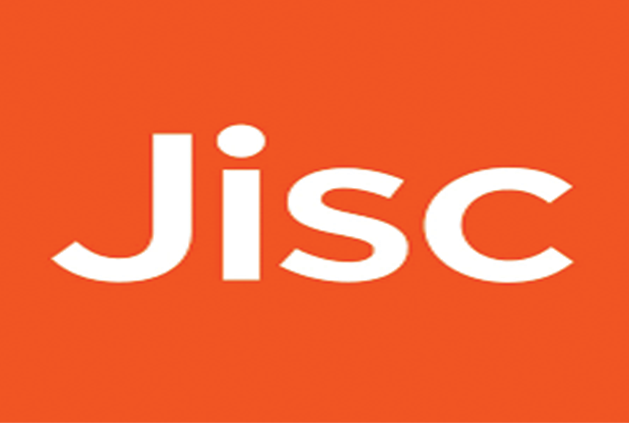The concept of catastrophe in the Act of painting: A Reading of Gilles Deleuze’s book, Francis Bacon: The Logic of Sensation.
DOI:
https://doi.org/10.32792/tqartj.v2i49.739Keywords:
Deleuze, Bacon, SensationAbstract
This article focuses on and discusses the work of the French philosopher Gilles Deleuze's book Francis Bacon: The Logic of Sensation.[1] This book delves into his important work with the pure aim of understanding the act of art (painting) as a human force that leads to telling the story of the truth. If we understand that Deleuze views truth as an act of production, the self as a composition and process, the world as the feeling of intensity, and thought as a clash and encounter between faculties, then we can truly understand and appreciate the depth of his approach. Deleuze admired and deeply studied the works of the artist Francis Bacon and saw that he had a deep focus on the concept of tragedy, or some would refer to it as the catastrophes of the world. Tragicness here refers to the representations of violence through scenes depicting horror, crucifixion, prosthetics, and deformities. However, all these elements, according to Deleuze, are shaped in Bacon's work as an act of violence in motion, an act of difference in color and line, on the canvas. In this paper, in addition to analyzing Deleuze's book, we aim to briefly trace and simplify the concept of art and aesthetic in the philosophy of Gilles Deleuze, and how they relate to the idea of tragicness in painting, specifically in the work of the English painter Francis Bacon.
Downloads
References
المراجع:
1. Gilles Deleuze, Francis Bacon: The logic of sensation, translated by Daniel W. Smith, Contiuum, London2003.
2. عادل حدجامي، فلسفة جيل دولوز عن الوجود والاختلاف، دار توبقال للنشر، الدار البيضاء2012، ط1 جيل
3. جيل دولوز، فيلكس غتّاري، ما هي الفلسفة، ترجمة مطاع صفدي، مركز الإنماء القومي، بيروت 1997، الطبعة الأولى.
Downloads
Published
License
Copyright (c) 2025 Hussein Altai, Hussein Al-Tai

This work is licensed under a Creative Commons Attribution 4.0 International License.
The journal applies the license of CC BY (a Creative Commons Attribution International license). This license allows authors to keep ownership of the copyright of their papers. But this license permits any user to download, print out, extract, reuse, archive, and distribute the article, so long as appropriate credit is given to the authors and the source of the work. The license ensures that the article will be available as widely as possible and that the article can be included in any scientific archive.



















